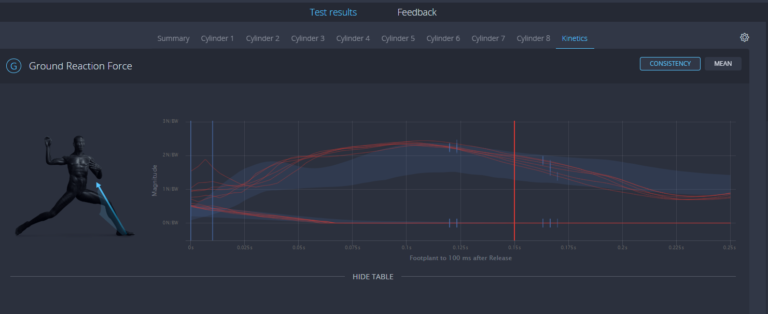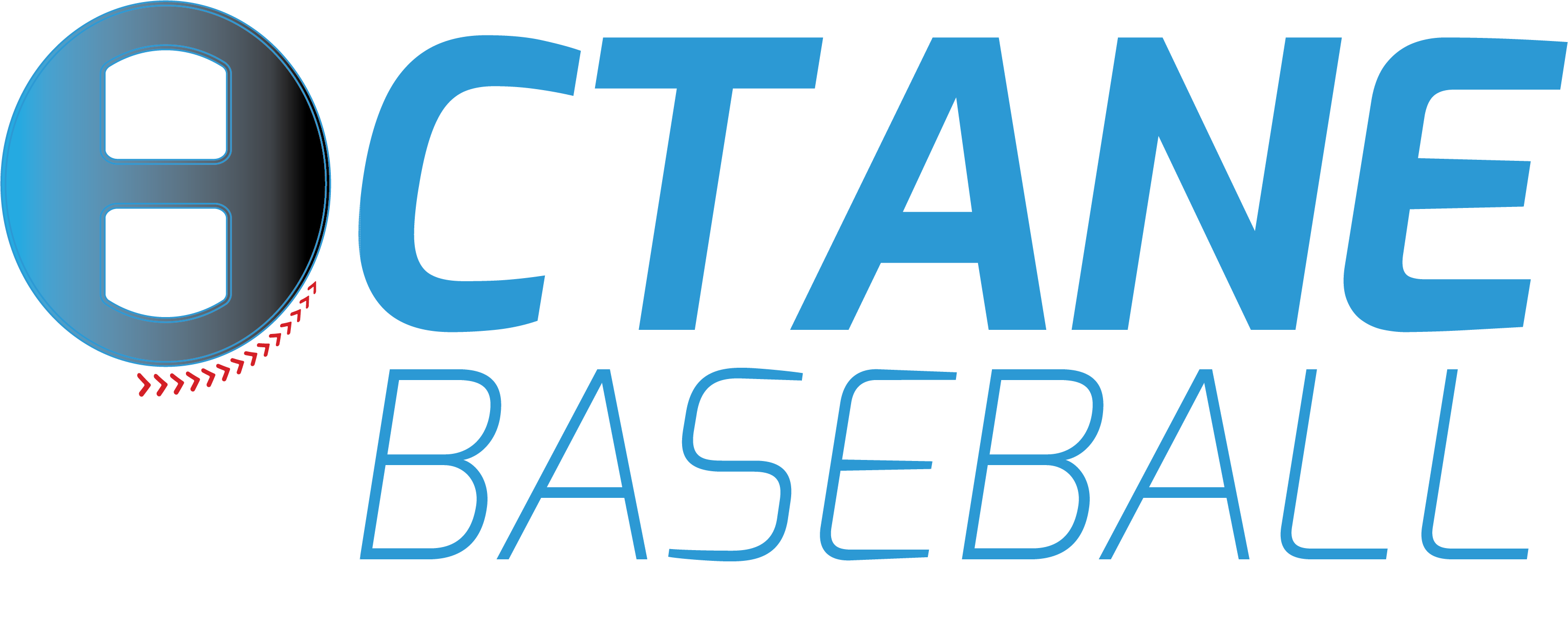With pitchers’ front legs ground reaction forces taking a variety of characteristics and shapes, what can be deemed as ideal?

Of these variables, what variables play into each other?
With pitching being one of the most complex human movements, consisting of hundreds, if not thousands of interpretive data points, it can prove difficult to determine what variables are most influential on ball velocity.
When breaking down the data of 105 pitchers (from the collegiate and professional level) with over 600 (fastball) pitches analyzed, we were able to find a relationship between max hip-shoulder separation, and peak trunk angular velocity.
We found this particular correlation significant as trunk angular velocity has been linked to increased ball velocity in previous research (1).
Of the 600 plus pitches analyzed, a positive correlation of 0.49 was observed. While this correlation is not observed as statistically significant in the grand scheme of things, this value stands out as the largest correlation occurring between the twenty kinematic variables used in this data set.
With us finding significance in a value of 0.49, I think this speaks more towards the individuality that comes with each pitcher’s kinematics than simple correlations to help pitchers throw harder. At the end of the day, every pitcher has their own strengths and weaknesses when it comes to their pitch delivery, and no two pitchers should be approached the same when trying to increase velocity. There are always many routes that can be taken when working with such a diverse group of athletes and while one method works with one pitcher, it doesn’t mean it will work with the next.
Each pitcher should be approached with a fresh perspective as although there are similarities between pitchers, no two are the same.
- Orishimo, Karl F.1; Kremenic, Ian J.1; Mullaney, Michael J.1; Fukunaga, Takumi1; Serio, Nicholas2; McHugh, Malachy P.1. Role of Pelvis and Trunk Biomechanics in Generating Ball Velocity in Baseball Pitching. Journal of Strength and Conditioning Research 37(3):p 623-628, March 2023. | DOI: 10.1519/JSC.0000000000004314
FIND US
-
2209 Associate Drive
Raleigh, NC 27603 -
Monday-Friday 9-6
Saturday by appointment only
Ready to begin your baseball journey?
We offer private lessons and in depth long term training programs. We look forward to welcoming you to the 8ctane Baseball family. Lets unlock your full potential!

Copyright © 2024 | 8ctane Baseball
